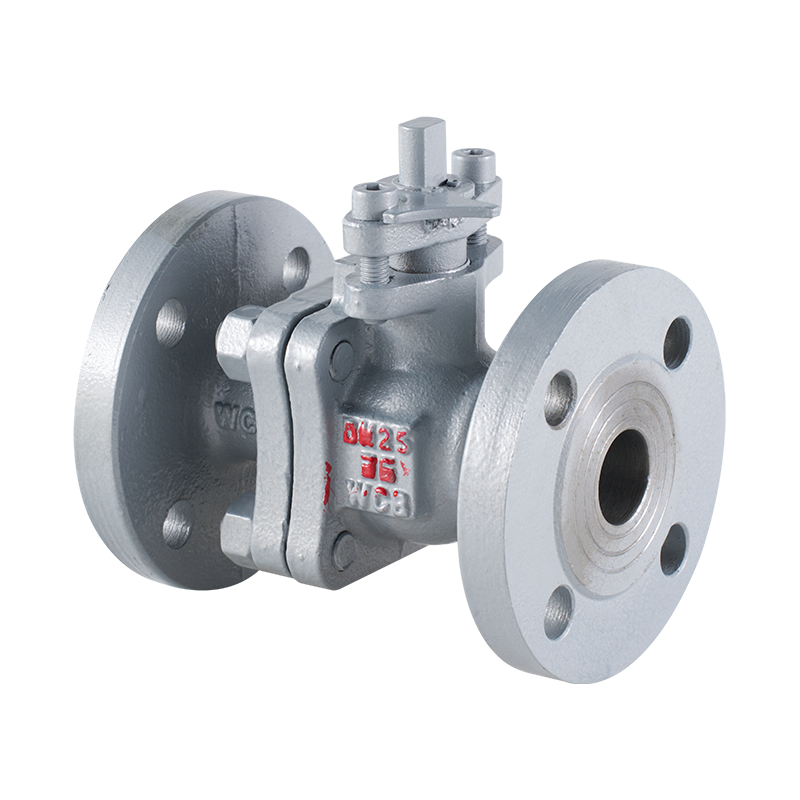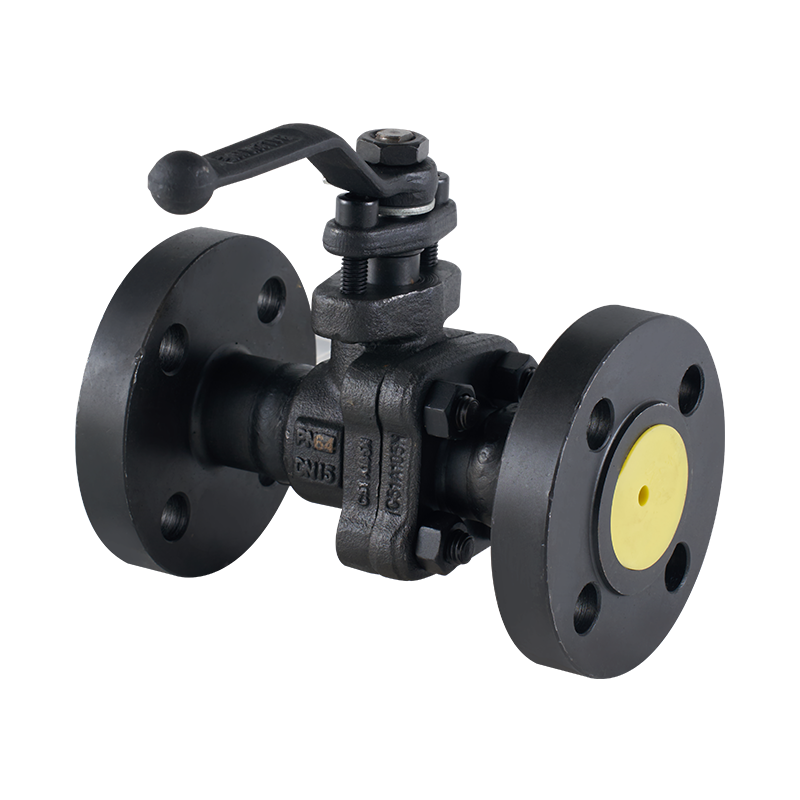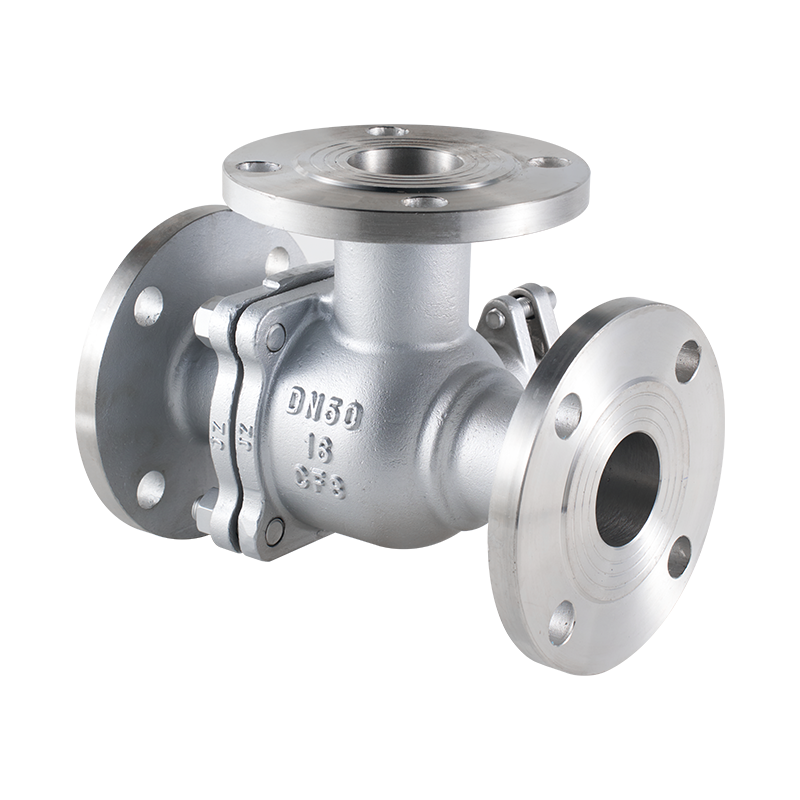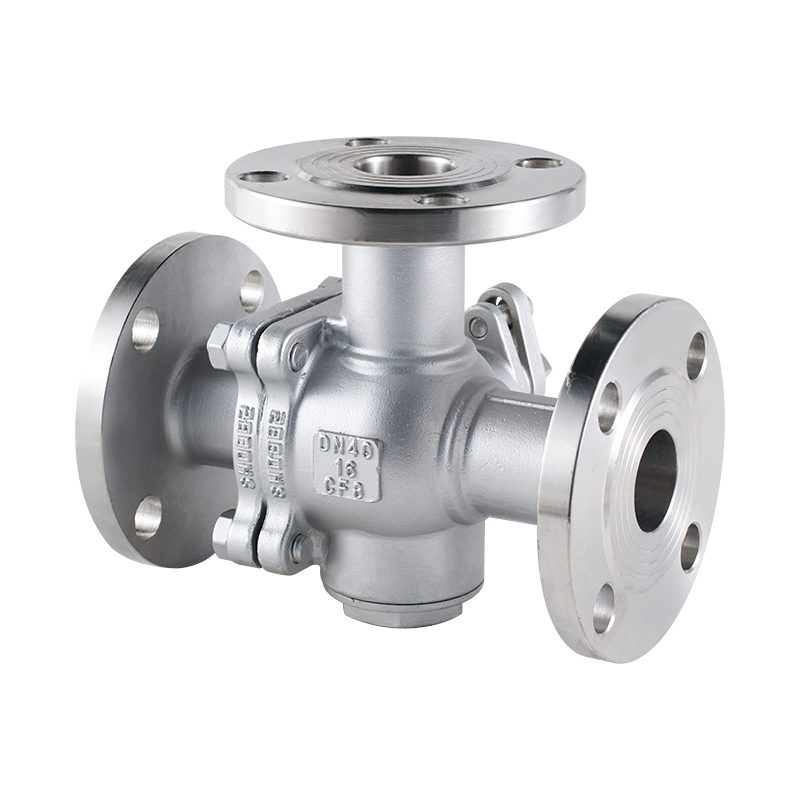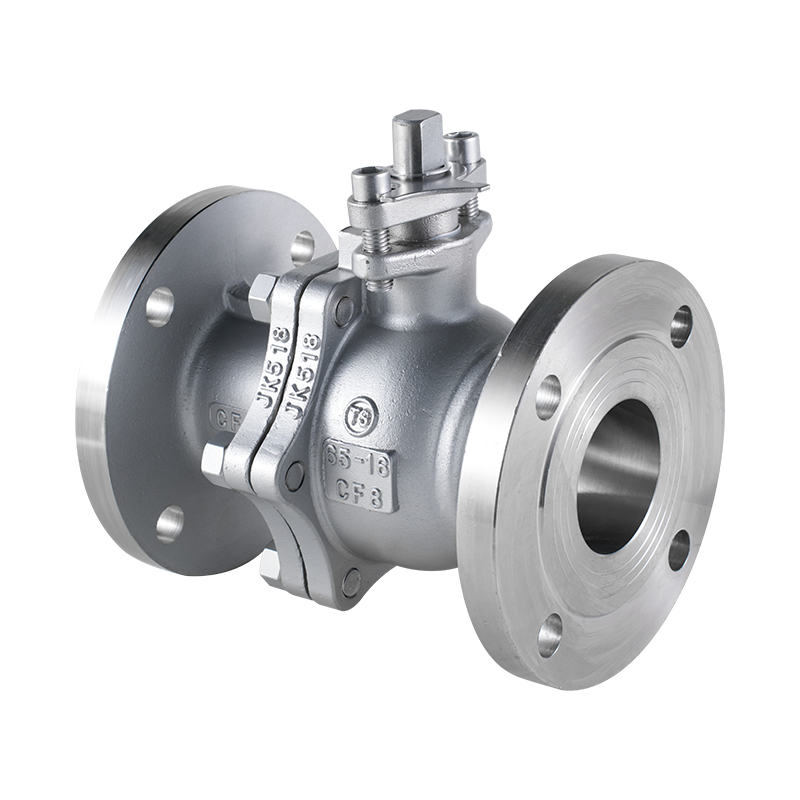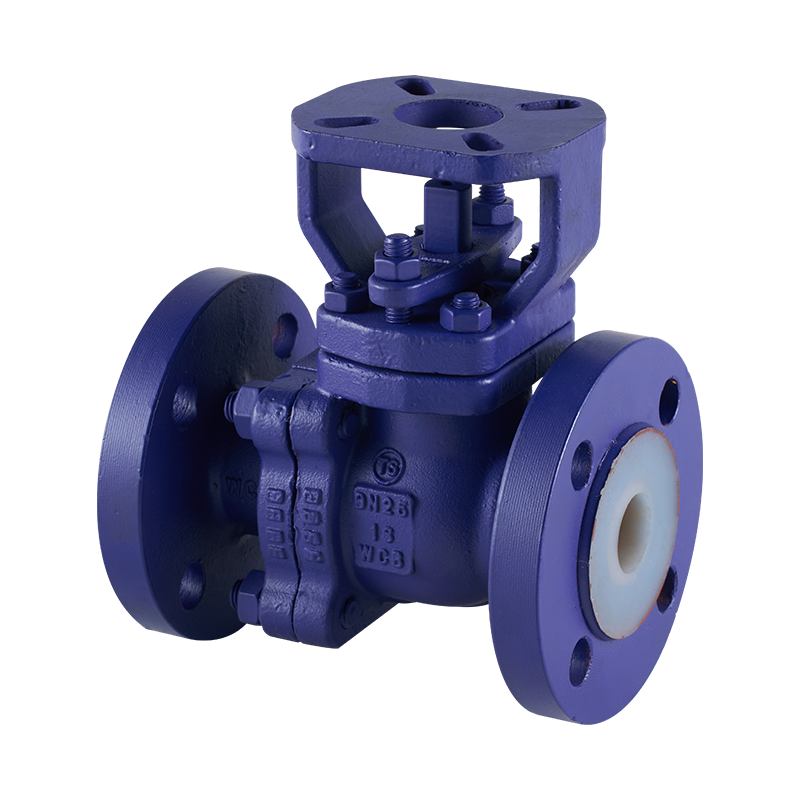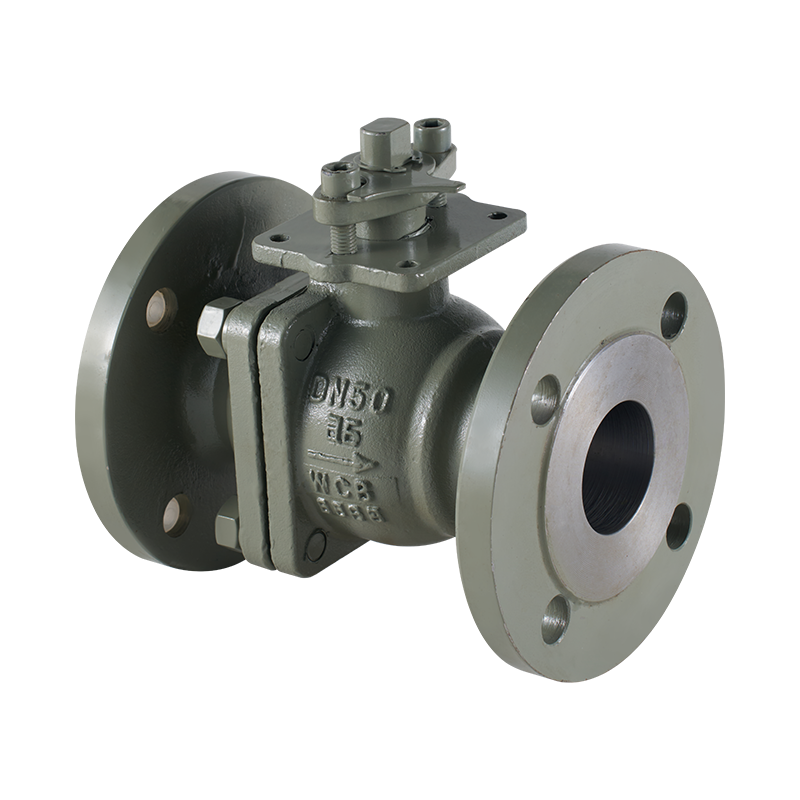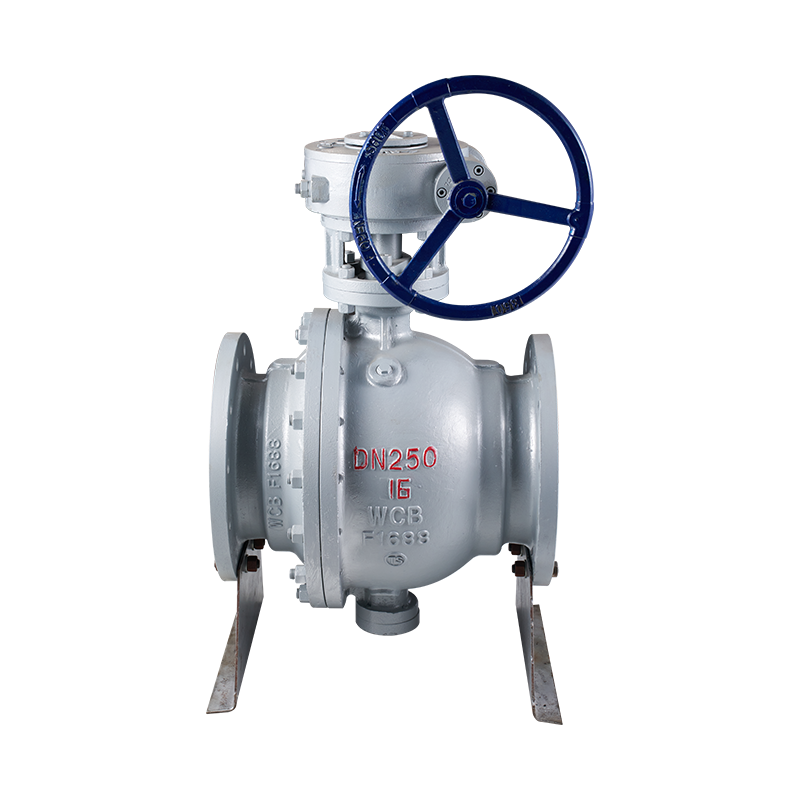Floating Ball Valves are widely used in industrial systems due to their simple structure, cost-effectiveness, and reliable sealing under normal operating conditions. However, even a well-manufactured valve like those from Xiongxiang may face sealing issues over time. In industrial settings, improper installation, wear, or unexpected process conditions can cause leakage, affecting system efficiency and safety. Understanding the common causes of these issues and applying proper troubleshooting methods is essential for maintaining smooth operations. Both Floating Ball Valve and Industrial Ball Valve systems share similar operational principles, making insights from one often applicable to the other.
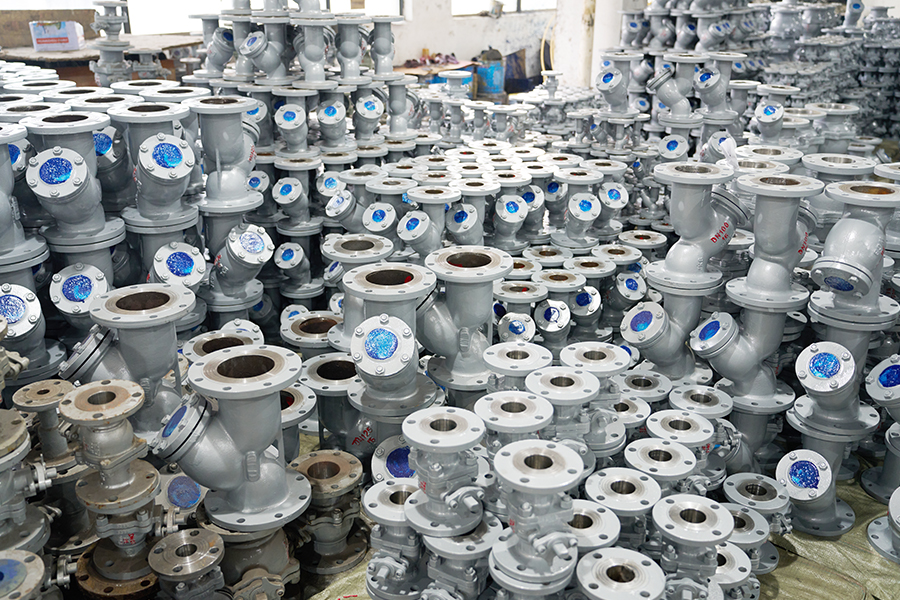
Common Causes of Sealing Issues
Sealing problems in floating ball valves typically arise from mechanical wear, environmental factors, or operational errors. Key causes include:
Worn Seals or Seats
Over time, repeated valve operation, high temperatures, and abrasive media can wear down the valve's seals or seats. This is often the primary cause of internal leakage in both floating and industrial ball valves.
Corrosion or Erosion
Industrial fluids containing chemicals, moisture, or suspended particles can erode the valve surfaces, causing imgood sealing. Stainless steel or PTFE-lined valves, such as Xiongxiang's models, resist corrosion better but are not entirely immune under harsh conditions.
Improper Installation or Alignment
Misaligned valves, incorrectly torqued bolts, or improper pipeline connections can distort the valve body or seats, reducing sealing efficiency. Installation orientation is particularly critical for floating ball valves, as they rely on the pressure differential to maintain the seal.
Temperature and Pressure Fluctuations
harsh changes in temperature or pressure can cause thermal expansion or contraction of valve components, temporarily affecting seal tightness. Both high-pressure industrial ball valves and low-pressure floating ball valves may experience these challenges.
Debris in the Valve
Small particles or sediment trapped inside the valve body can prevent the ball from fully seating, causing leakage. This is especially common in water treatment, chemical, or slurry applications.
Step-by-Step Troubleshooting
To address sealing problems effectively, follow these systematic steps:
Visual Inspection
Begin by checking for visible signs of leakage or damage on the valve body, connections, and actuator if present. Look for corrosion, cracks, or unusual wear patterns.
Disassemble the Valve
If leakage persists, carefully disassemble the valve following the manufacturer’s guidelines. For Xiongxiang floating ball valves, refer to the product manual to prevent damage during disassembly.
Examine Seals and Seats
Inspect all seals, gaskets, and seats. Replace any worn or damaged parts with manufacturer-approved replacements. Using incompatible materials can worsen leakage and reduce valve lifespan.
Clean the Valve Internals
Remove debris or sediment using suitable cleaning methods. For chemical or slurry applications, ensure the cleaning agent is compatible with valve materials to avoid corrosion.
Check Alignment and Reassemble
Ensure that all components are correctly aligned before reassembling. Apply proper torque to bolts and connectors to maintain structural integrity.
Pressure Testing
After reassembly, perform a pressure test to ensure the valve seals properly. Monitor for any signs of leakage before returning the valve to service.
Companies like Xiongxiang provide valves engineered for durability, but proper handling and maintenance remain critical to long-term performance. Following these guidelines not only improves valve reliability but also enhances overall process efficiency and safety in industrial applications.

 English
English 中文简体
中文简体


